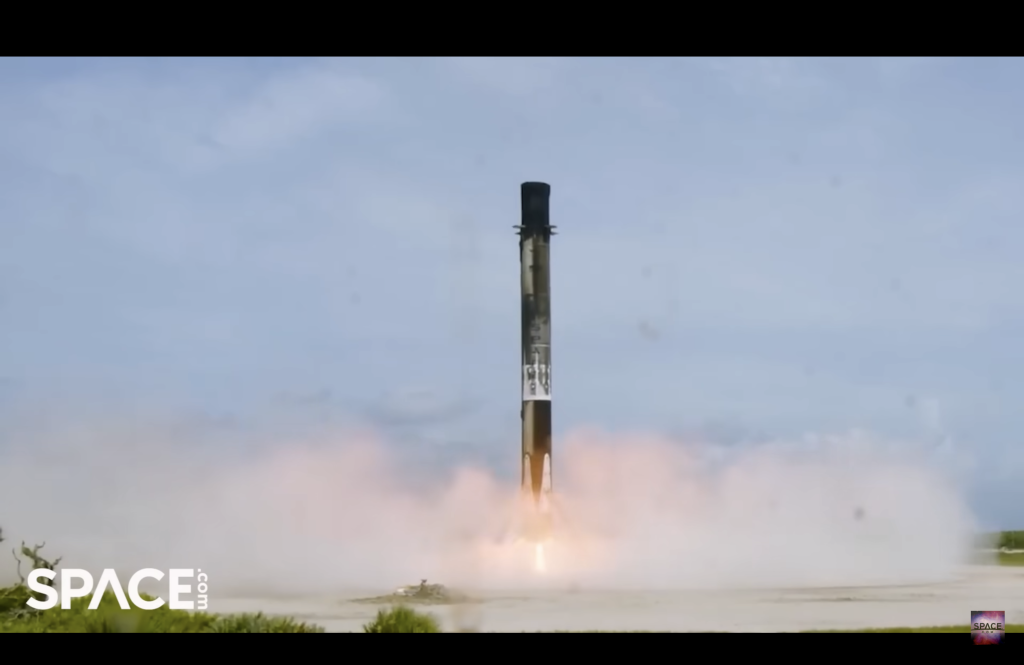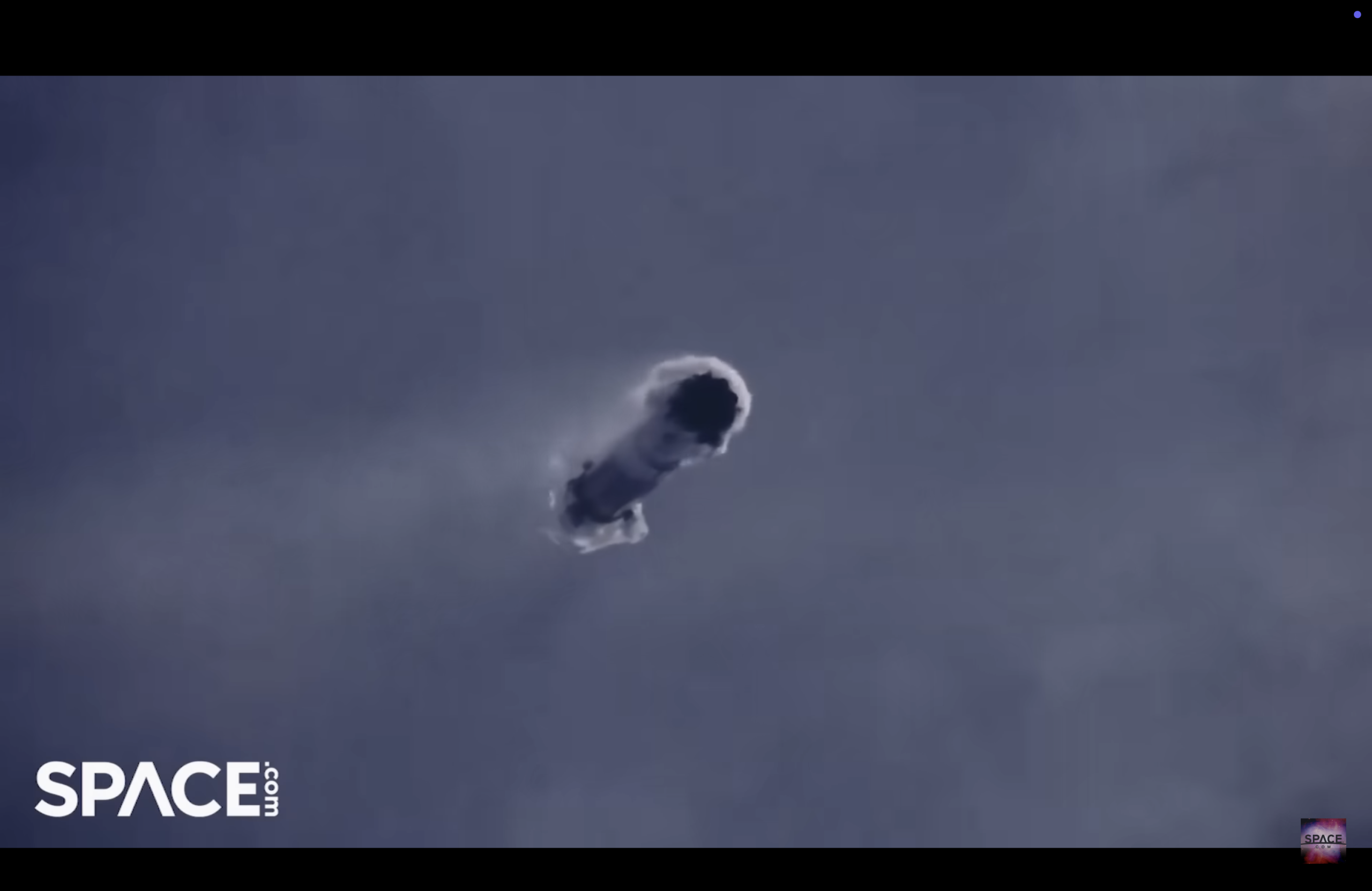The return of a SpaceX Dragon capsule from its mission in orbit is often marked by a dramatic and powerful audible event: the sonic boom. This thunder-like sound, which can startle communities along the spacecraft’s reentry path, is not a malfunction but rather a direct and expected consequence of the Dragon’s rapid descent through Earth’s atmosphere. Far from being a cause for concern, it signals a successful return of vital cargo, and often, human crews, from the International Space Station.
To understand the sonic boom, one must first grasp the concept of the speed of sound. At sea level, sound travels at approximately 760 miles per hour (around 1,225 kilometers per hour). When an object moves through the air at speeds exceeding this, it is said to be traveling at supersonic speeds. As the Dragon capsule, moving at many times the speed of sound after undocking from the ISS, begins to plunge into the denser layers of the atmosphere, it continuously displaces air molecules. These displaced molecules create pressure waves, similar to the ripples a boat makes on water.
However, when the Dragon exceeds the speed of sound, these pressure waves cannot propagate away from the spacecraft quickly enough. Instead, they pile up and compress, forming a conical shockwave that trails behind the vehicle. This phenomenon is known as the “Mach cone.” It’s not a single point of sound but a continuous effect that spans the entire length of the supersonic flight path. As this Mach cone sweeps across the Earth’s surface, observers within its path briefly experience a sudden, sharp change in air pressure. This abrupt pressure change is what our ears perceive as the “sonic boom.” Often, due to the two primary shockwaves generated (one from the nose and one from the tail of the craft), it can manifest as a distinct double boom.

For communities situated near the Dragon’s intended splashdown zones, particularly off the coast of California or Florida, the sonic boom can be quite noticeable. Residents frequently report rattling windows, vibrating buildings, and a sound that many initially confuse with an earthquake or a distant explosion. This natural reaction to an unexpected loud noise is why SpaceX and NASA often issue public advisories ahead of a Dragon reentry. These warnings serve to inform the public about the upcoming event, explaining its nature and ensuring there is no undue alarm. Such proactive communication helps to educate and reassure those who might otherwise be caught off guard by the powerful acoustic signature of a returning spacecraft.
The Dragon capsule’s reentry profile is carefully engineered to ensure a safe and controlled descent. After undocking from the ISS, a series of deorbit burns precisely align the capsule for its atmospheric plunge. The blunt shape of the Dragon’s heat shield is crucial for slowing the spacecraft down and dissipating the immense heat generated by atmospheric friction. While the heat shield protects the capsule from extreme temperatures, the supersonic speeds inherent in this phase of flight are what inevitably lead to the sonic boom.
In essence, the SpaceX Dragon’s sonic boom is more than just a loud noise; it is an auditory confirmation of humanity’s continued push into space. Each boom represents another successful journey completed, another delivery of vital supplies, and another safe return of astronauts who have dedicated themselves to scientific discovery and exploration. It’s a powerful reminder of the cutting-edge engineering and physics that make spaceflight possible, transforming the vast silence of space into a momentary, resounding spectacle on Earth.
